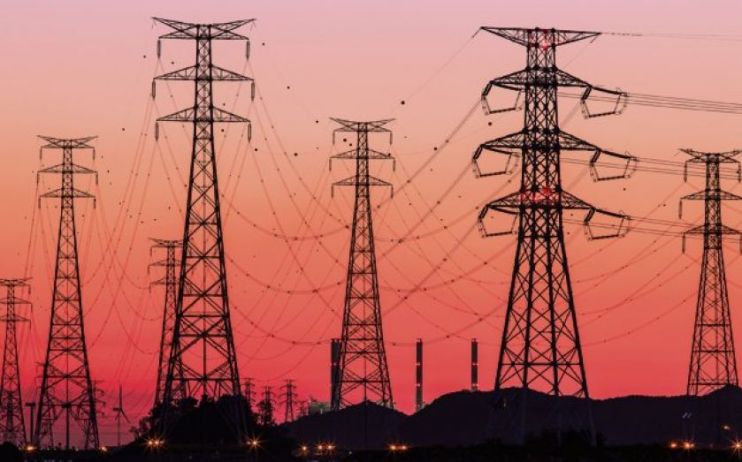National Grid looks for supply chain partners to deliver £9bn renewable ramp up

National Grid is looking for more supply chain partners to help deliver a vast ramp up in clean energy infrastructure through its massive electricity infrastructure programme in the UK.
It is launching a programme targeting new partnerships focused on delivering ‘The Great Grid Upgrade’ – the largest overhaul of the grid in generations – with new transmission infrastructure for the growing number of renewable projects across England and Wales.
The company deems the project essential for meeting the UK’s net zero ambitions and reducing its reliance on fossil fuels while also contributing to lower energy bills.
The investment programme will see National Grid support the UK’s net zero gaols with £16bn of funding from 2021-2026 to support the UK’s net zero goals.
For the supply partnerships, National Grid is initially looking to focus on nine onshore projects – representing around £4.5bn worth of network infrastructure by the end of the decade – which will be vital for moving more clean energy from where it’s generated to where it’s needed.
The projects are part of a wider£9.3bn tender National Grid has established for its broader scope of major electricity transmission network developments.
The government calculates that investment in onshore network infrastructure could support up to 130,000 jobs and contribute an estimated £4-11bn of gross value added to the UK’s economy by 2050.
National Grid is hoping to secure two design and consenting service partners and four to six construction partners to help build new overhead lines and substations.
Matt Staley, director of onshore delivery at National Grid, said: “The government ambition of 50GW of offshore wind by 2030 demands unprecedented scale and complexity of action. It is essential that we unite as a sector and as an industry to rise to this challenge.
“By taking a partnership approach, we aim to deliver integrated planning and working between projects, enabling the supply chain to accelerate delivery and deliver cost efficiencies – in turn delivering value for money for consumers and working with local communities to leave a positive legacy.”
The company operates as a monopoly for building infrastructure needed to connect new projects to the grid and transfer electricity across the country
Chief executive John Pettigrew confirmed to the BBC last year that National Grid will need to build seven times the amount of clean energy infrastructure such as transmission cables and pylons in the next three decades as it has done in the previous 30 years as a private company.
It has recently faced criticism from energy firms over the slow pace of connecting new projects to the grid, with some projects taking over a decade to be hooked up to the UK’s energy network.
Octopus Energy’s chief executive Greg Jackson calling for more competitors to be allowed into the UK market to challenge National Grid and provide connections for renewable projects.
Its renewable arm has called for queue jumping to be allowed so that viable projects don’t face gridlock under National Grid’s rules.
National Grid has since unveiled plans to reform its queueing system, and has brought in a one-off connections queue amnesty for developers to leave the pipeline if their projects are no longer viable without being fined.
It further proposing to bring in development milestones for projects to maintain their position in the queue
The company’s electricity system operator is also expected to publish its winter outlook report next month, which will set out how prepared the UK is for next winter.